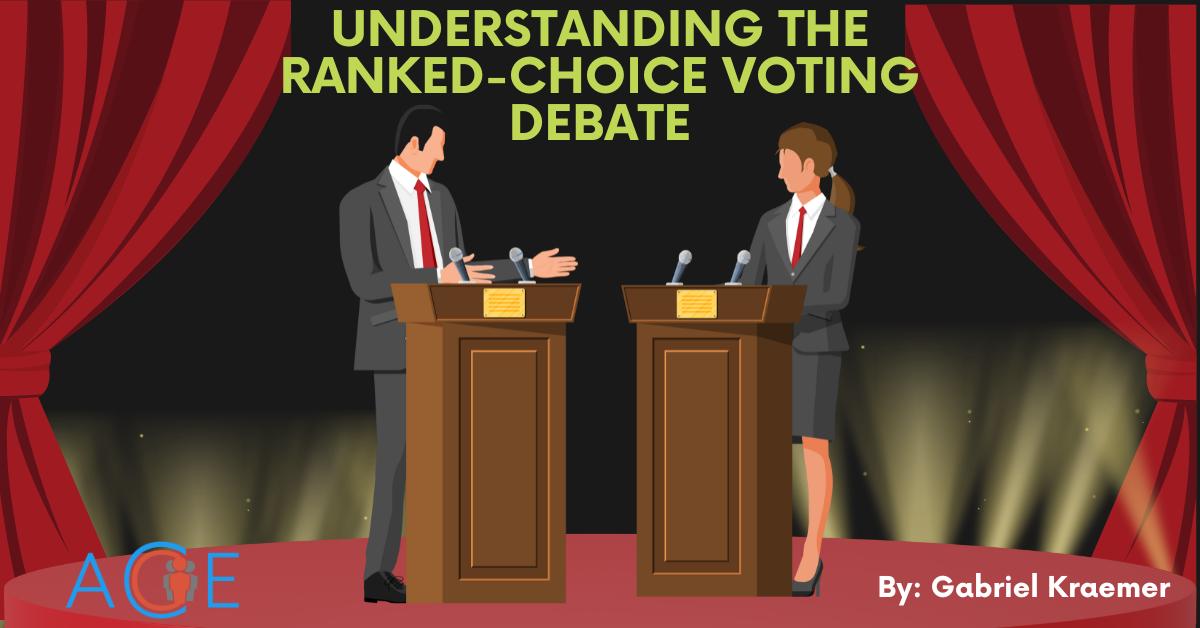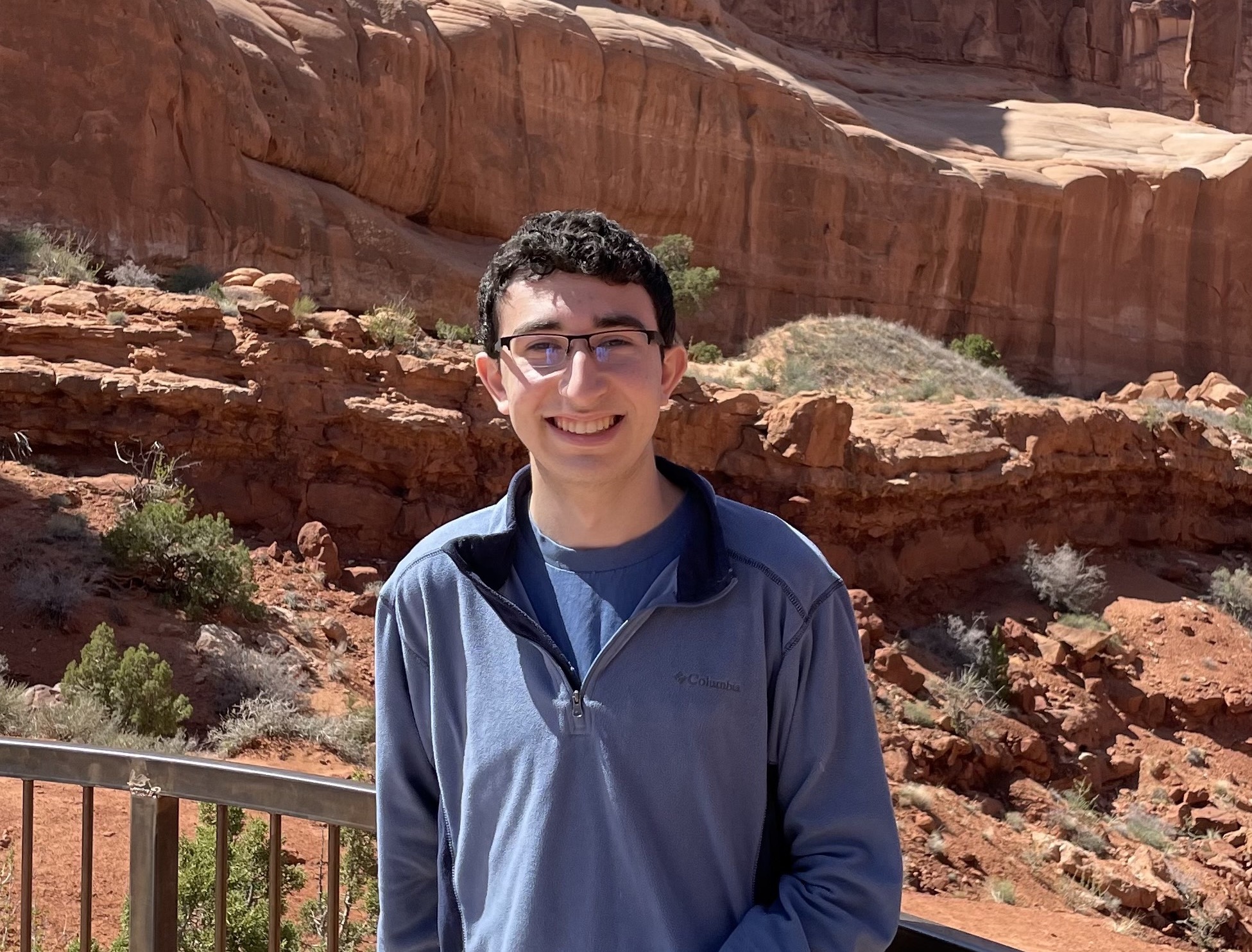In the U.S., elections typically start with party primaries, where members of each political party select their candidates for the general election. There are two main types of primaries: closed and open. In closed primaries, only registered members of a party can vote in its primary. Open primaries, on the other hand, allow all voters to participate, regardless of their party affiliation. Within these primary systems, when members of a single party dominate the electorate — in heavily Democratic cities, for instance, or mostly Republican rural areas — primaries can effectively decide contests, because the general election (with only one candidate from each party) is uncompetitive.
Critics of the existing primary system propose a variety of reforms to make results more responsive to the electorate as a whole. One such reform is the top-two primary. Jurisdictions with a top-two primary system hold a single primary election for all candidates and all voters, and the candidates with the top two vote shares — regardless of party — advance to the November general election. The reform aims to increase voter choice, reduce incentives for political polarization and extremism, and make winning candidates more reflective of the broad electorate.
California and Washington are the lone states to use the top-two primary system for state and congressional elections. (Nebraska also uses it for state legislative elections, which are nonpartisan in the state.) Proponents have led efforts to institute it in various other states, including Florida, Maryland, and Oregon, but none have been successful.
Arguments in Favor
A central goal of top-two primaries is to increase the share of the electorate that casts meaningful votes. Primaries generally see lower turnout than general elections — per one analysis, on average, primary turnout between 2000 and 2020 was under 30%, while general election turnout exceeded 60%. Since primaries can be decisive in jurisdictions that are less competitive between parties, this difference in turnout means that a lower percentage of the electorate tends to vote in the elections that matter. According to the Unite America Institute, the results of 83% of congressional elections in 2020 were determined by primary elections that just 10% of Americans voted in.
In top two-primaries, the top two candidates that advance to the general do not necessarily represent both major parties. In 2022, for example, top-two primaries in six heavily Democratic congressional districts in California chose two Democrats (rather than candidates from both parties) to advance to the general election. Traditional primaries in those districts might typically yield a Democratic nominee strongly favored in the November election and a Republican candidate with a very low probability of winning. Instead, voters in the higher-turnout general could choose between two candidates who garnered significant support in the primary, increasing the chance that more voters have a meaningful say in the race.
Moreover, in this example, a Republican minority with little potential impact in a traditional primary could now express its preferences between two viable (Democratic) candidates. Some advocates say partisan primaries, especially closed ones, effectively “disenfranchise” voters by preventing voters of one party from having a say in the elections that matter. Proponents of the top-two primary argue that more voters’ choices affect the result in the system.
Many also argue that the top-two primary helps more moderate candidates win and thus discourages extremism. In the traditional primary system, candidates must appeal to voters within their party first, before moving on to others in the general election. When the general election is an afterthought (as it is in races dominated by a single party), this can encourage candidates — including incumbents — to adjust their positions to appeal to a more partisan audience rather than the broader scope of the general electorate, fueling political polarization. Top-two primaries, advocates argue, take this effect out of play by eliminating single-party primaries. In addition, if two candidates of the same party advance to the general election, they have an incentive to appeal to voters from the minority party in that race, pulling them towards the center ideologically. A London School of Economics analysis found that candidates in such races are “more likely to talk about partisanship and policy in ways that seek support from voters outside of their own party base.” A University of Southern California study showed that instituting top-two primaries in California consequently “reduced ideological extremity among legislators” elected to the U.S. House of Representatives from the state between 2003 and 2018.
In typical general elections after party primaries, three or more candidates can split the electorate, resulting in winners with well under 40 percent support. In these traditional contests, so-called “spoiler candidates,” those with small shares of support, can determine close races despite their low chance of winning. Because only two candidates can appear on the ballot in a general election under the top-two system, these November elections serve functionally as runoffs, ensuring that the winner receives more than 50% of the vote without adding an extra election and its associated costs.
Arguments Against
A key critique of the top-two primary system is its vulnerability to political gamesmanship, particularly through the phenomenon of primary spoilers. In this system, the sheer number of candidates from one party can drastically affect the outcomes. For instance, in a predominantly Democratic district, if multiple Democratic candidates split the vote while a single Republican candidate consolidates their party’s vote, the Republican could advance to the general election. Despite this advantage in the primary, such a Republican candidate would typically face slim chances of winning in the November general election. Candidates can exploit these peculiarities. In one prominent example, Rep. Adam Schiff, running against two other Democrats for Senate in California this year, ran ads implicitly favoring Republican candidate Steve Garvey so he could compete with a Republican instead of a Democrat in November. Garvey came in second place after Schiff, advancing to the general election, making Schiff’s race no longer competitive according to news outlets.
Since top-two primaries include candidates from all parties, some opponents argue top-two primaries act as a first-round general election with lower turnout. This shifts political power to low-turnout primary elections that still often decide elections — voters in the other 44 California congressional districts advanced a Republican and a Democrat to the 2022 general election, for instance, unchanged from the results of a traditional party primary. One study also found that parties’ incentives to field few candidates in primaries (to ensure general-election advancement) reduces voters’ additional choices in top-two primaries. At the same time, turnout might be discouraged in general elections as well: Minority-party voters may not have a candidate they strongly support, and so are less likely to vote. The overall outcome might be lower turnout without much increase in choice.
Many opponents of top-two primaries say the system disenfranchises minority-party voters in any given jurisdiction, because when two candidates of the same party advance to the general election, minority-party voters are prevented from voting for a candidate of their party. On the other hand, if their party’s candidate would have little chance of winning the election, choosing between two candidates of the other party might give them a greater ability to influence the result in a direction they prefer. Another notable problem with the system is its consequences for third parties. The runoff form of general elections (in which only two candidates can compete) makes it difficult for third parties to advance past the low-turnout primary, limiting their exposure.
ConclusionTop-two primaries could have wide implications for American electoral politics: according to advocates, they offer a strong alternative to polarizing partisan primaries; opponents say they would make the system even more restrictive than it already is. State-level electoral reforms have mainly focused on other proposed systems, like ranked-choice voting, in recent years, but top-two primaries remain a compelling and significant option to address the problems of traditional primary elections.


